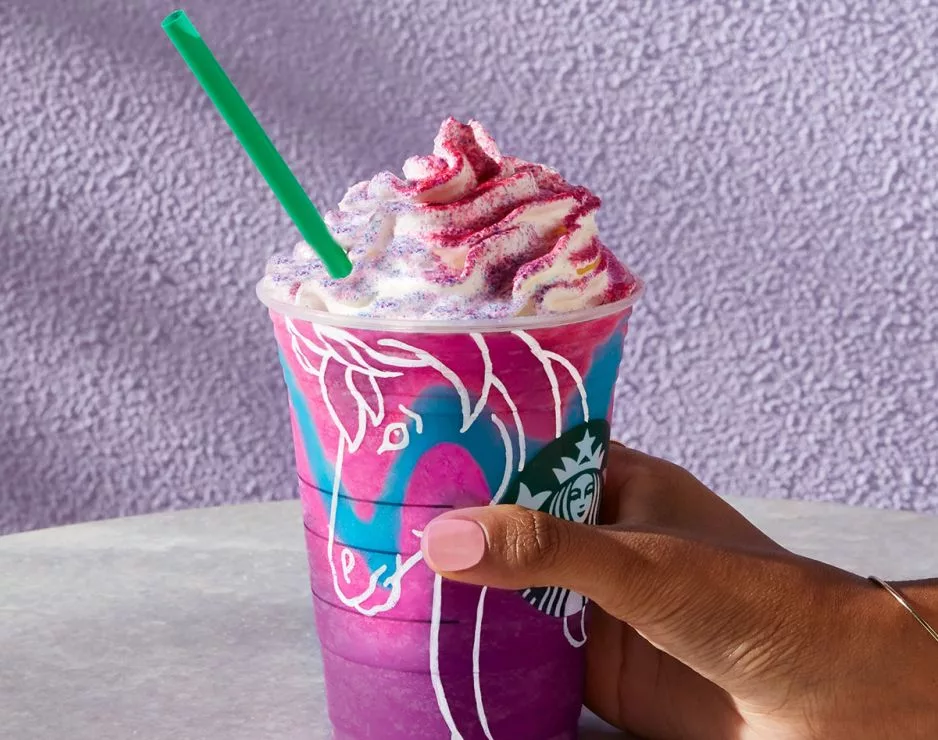No products in the cart.
Recently I’ve been thinking about my content consumption habits. About how I, a millennial Gen Y woman, view and consume marketing and content. Working in content marketing means I’m a little more ‘woke’ (as millennials would say) about marketing tactics aimed at me, but what fascinates me, even more, is what interests the next generation.
Gen Z is a unique breed, the first true digital natives who have grown up with the glare of a screen in their eyes and a smart device in their hands. By 2020 Generation Z will account for 40 per cent of consumers, so how brands market to this new crop of customers is going to be crucial over the next few years. Maybe it’s time to forget your current target audience and focus on the future.
The facts about Gen Z
According to a recent report from IBM Institute for Business Value (IBV), Generation Z is estimated to be between 2 and 2.52 billion in size. The comprehensive study surveyed 15,600 Gen Zers aged between 13 and 21 across 16 countries and uncovered some interesting facts: 60 per cent of the Gen Zers surveyed will not use an app or website that’s too slow to load, while 62 per cent said they will not use apps that are hard to navigate.
They’re also super connected and mobile-first, with 25 per cent spending more than five hours on their phone every day and 75 per cent using a mobile or smartphone as their primary device. Gen Z also tends to use social media as their main source of research and information; 85 per cent of Generation Z learn about new products through social media.
When it comes to content and marketing there are a few publishers and brands taking notice of Gen Zers and their behaviour and targeting them specifically:
Starbucks
Unless you’ve been living under a rock you’ve seen a photo of one of the new Starbucks Unicorn Frappuccinos. Here’s a lesson in tapping into the internet culture set by Gen Z.
The unicorn craze has been all over the internet recently, with rainbow-coloured, glitter-infused garish products and designs making it big. Instagram has been flooded with pastel food and drinks, and customers have been ‘hacking’ Starbucks drinks to create the unicorn-coloured fantasy they want to snap and share with their network.

Rather than let this trend pass them by, Starbucks jumped on the opportunity to turn a trend into a real product offering. The “Unicorn Frappuccino® blended beverage” was born, complete with a registered trademark.
This limited-edition product is the result of a brand keeping its finger on the pulse of what’s popular online with Gen Z customers and leveraging it for themselves. Starbucks now has a viral success on their hands, with more than 150,000 Instagram posts under the hashtag #unicornfrappuccino and a huge amount of publicity for its product. The quirky drink has been so successful that Starbucks has announced more funky drinks are on the way. Don’t go looking for a Unicorn Frappuccino now, though, because the limited edition has already run out.
Punkee
Punkee launched in May 2017 and is a rebranded site in the Australian Junkee Media network. Junkee Media noticed the audience of one of their sites, The Vine, was a lot younger than another of the sites, Junkee, so they took this data and ran with it. They rebranded The Vine as Punkee and used insights into Gen Z and their content habits as the basis for a new strategy.
As reported on Mumbrella, Junkee Media has created a new site strategy for Punkee and its readers. Punkee is mobile-only – there’s no desktop version of the site. This goes one step further than the mobile-first mentality a lot of brands have adopted in recent years. They’ve also taken note of Gen Z’s preference for short, sharp video content and the tendency to find this content off-platform on places like Facebook and Snapchat.
Junkee Media has aligned its strategy with the wants and needs of Gen Z. The Punkee approach sets the standard for knowing your audience, what they want and where to find them.
Key learning for your marketing approach:
- Create a unique experience for Gen Z.
- Take notice of what your data is telling you.
- Don’t try to cater to everyone at once – your strategy needs to be tailored to each generation.
- Be reactive to trends that your brand can align with.
- And finally, get started with your Gen Z strategy now!



